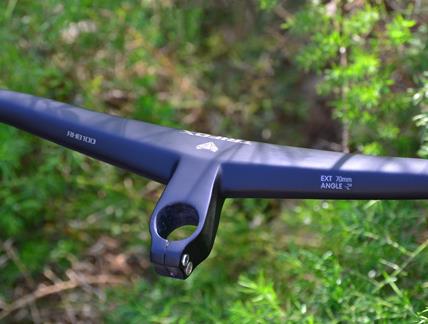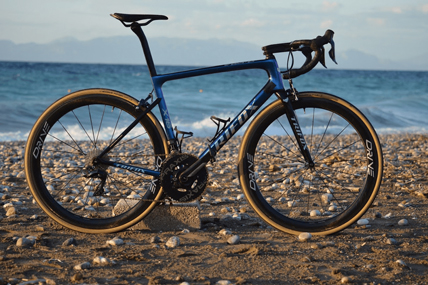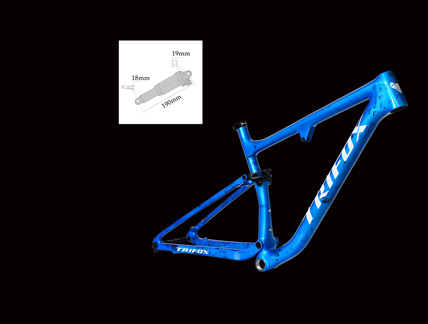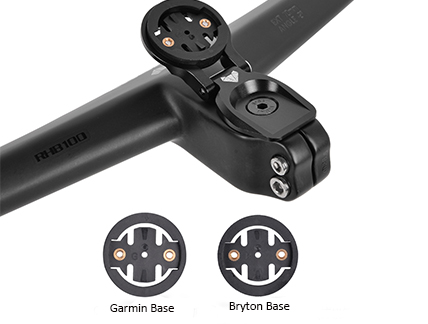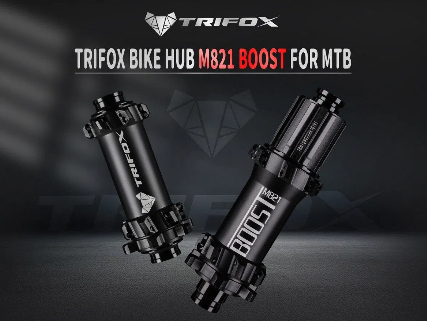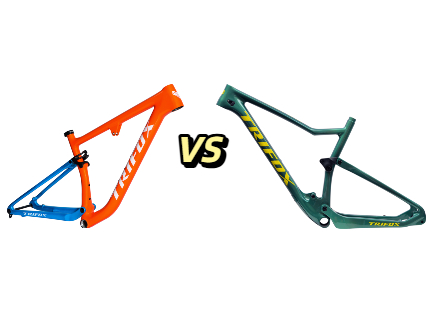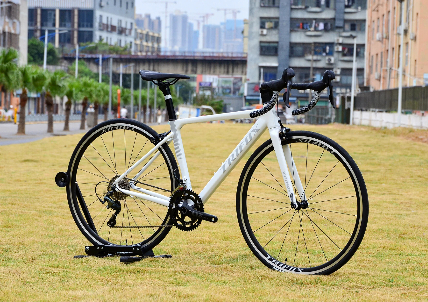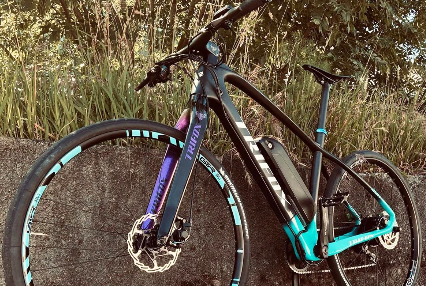When it comes to cycling, the handlebars are one of the most important parts of a bike. They are responsible for steering and controlling the bike, which makes them crucial for a comfortable and enjoyable ride. In recent years, carbon fiber handlebars have gained popularity among cyclists due to their lightweight, strength, and durability.
In this blog post, we will take an in-depth look at carbon fiber bicycle handlebars, their benefits, types, and how to choose the right one for your bike.
First and foremost, carbon fiber handlebars are known for their lightweight property. They are made of a composite material that consists of carbon fibers infused with resin. The fiber to resin ratio and layup pattern can vary from handlebar to handlebar, which can affect the weight, stiffness, and strength of the handlebar. Carbon fiber handlebars weigh significantly less than aluminum or steel handlebars, which makes them a popular choice for professional and amateur cyclists alike.
Secondly, carbon fiber handlebars offer high levels of stiffness and strength. Carbon fiber is renowned for its ability to flex under pressure without losing its strength, making it ideal for bicycles. Carbon fiber handlebars can absorb shocks and vibrations, resulting in a more comfortable and smoother ride. Moreover, they can resist bending and cracking under high loads, making them durable and long-lasting.
Carbon integrated handlebars, carbon flat bars, and carbon drop bars are the three main types of carbon fiber handlebars. Carbon integrated handlebars are a combination of the handlebars and stem, resulting in a seamless and aerodynamic design. Carbon flat bars are flat and straight, making them suitable for mountain bikes and hybrids. Carbon drop bars are curved downwards and backwards, providing multiple hand positions for road cyclists.
When choosing the right carbon fiber handlebar for your bike, it's essential to consider your riding style, bike type, and personal preference. For example, if you're a mountain biker, you might prefer a wider and flatter handlebar for better control and stability. Whereas if you're a road cyclist, you might opt for a narrower and lighter handlebar for better aerodynamics and speed.
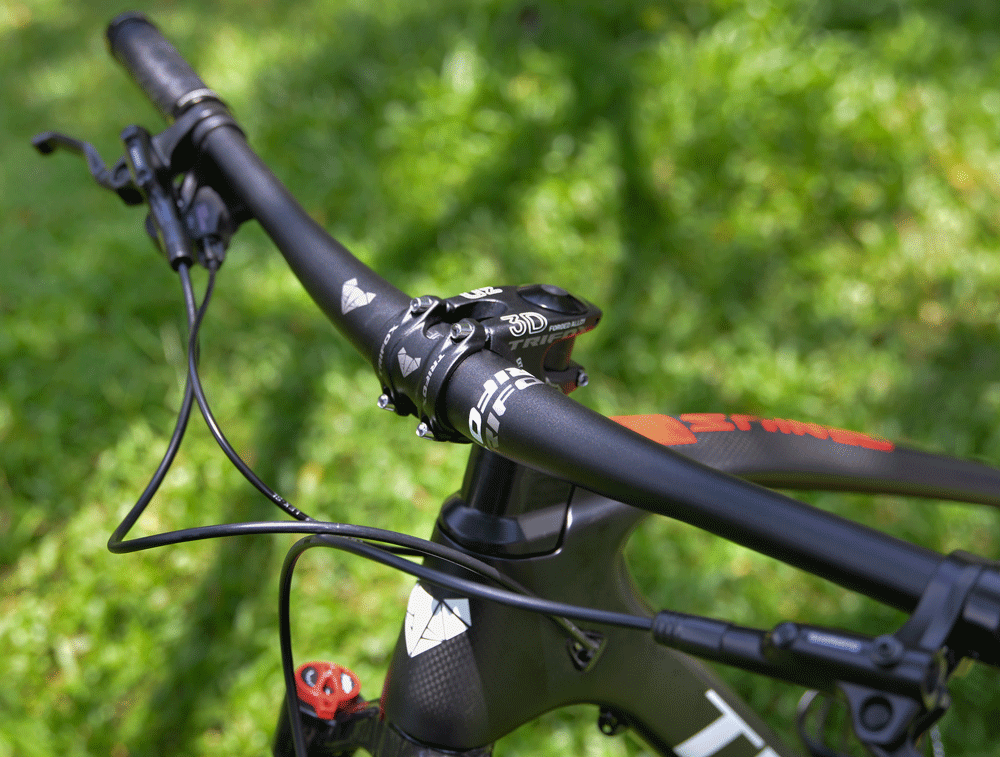
In conclusion, carbon fiber bicycle handlebars offer numerous benefits, including lightweight, stiffness, strength, and durability. They come in different types, including integrated, flat, and drop bars, catering to various riding styles and preferences.
When choosing the right carbon fiber handlebar, it's crucial to consider your bike type, riding style, and personal preferences to ensure the best fit and performance. Ultimately, investing in a carbon fiber handlebar can enhance your cycling experience, providing a more comfortable, smoother, and efficient ride.






























































